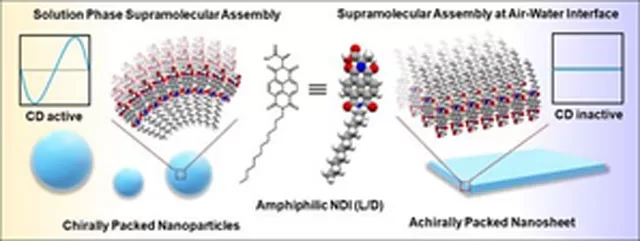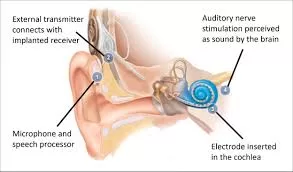A groundbreaking study by Indian scientists has unveiled a novel method for creating nanostructures that could revolutionize the fields of biomedicine and electronics. The team, comprising researchers from the Centre for Nano and Soft Matter Sciences (CeNS) and Jawaharlal Nehru Centre for Advanced Scientific Research (JNCASR), both autonomous institutes under the Department of Science and Technology (DST), has made a significant breakthrough in controlling the assembly of molecular units into complex structures.
This breakthrough could lead to the creation of new materials with applications ranging from advanced electronic devices to innovative biomedical treatments. The research was recently published in the ACS Applied Nano Materials journal.
Understanding Supramolecular Self-Assembly
At the heart of the study is the concept of supramolecular self-assembly, a process in which small molecules organize themselves into larger, well-defined structures without external guidance. According to the Ministry of Science and Technology, “Understanding this process is crucial for creating new organic materials that can be used to develop nanodevices—tiny machines capable of performing specific tasks at the molecular level.”
The researchers focused on the self-assembly behavior of chiral amphiphilic naphthalene diimide derivatives (NDI-L and NDI-D). By manipulating these molecules, they explored different methods of self-assembly to observe how environmental factors affect the structure and properties of the resulting nanostructures.
Two Methods of Assembly Yield Different Results
The team experimented with two distinct assembly methods: solution-phase assembly and air-water interface assembly. Each method produced vastly different results, underscoring the importance of environmental conditions in molecular assembly.
- Solution-Phase Assembly: In this method, the molecules were assembled in a liquid solution. The process resulted in the formation of spherical nanoparticles with unique optical properties, including strong mirror-imaged circular dichroism (CD) signals. These optical properties are particularly valuable for developing materials that interact with light in precise ways, which has potential applications in electronics and photonics.
- Air-Water Interface Assembly: Here, the molecules assembled at the boundary between air and water. Instead of forming spherical nanoparticles, the molecules arranged themselves into flat, two-dimensional layers with irregular edges. Interestingly, these layers did not exhibit the same optical properties as the solution-assembled nanoparticles, highlighting how the assembly environment influences the final structure and function of the material.
Potential Applications in Medicine and Electronics
The findings from this study pave the way for exciting advancements in material science. The ability to control molecular assembly could be key to creating new materials with tailored properties for specific applications. In biomedicine, these materials could lead to more effective drug delivery systems capable of targeting specific areas within the body, thus improving treatment outcomes.
In the electronics industry, the newly discovered nanostructures could contribute to the development of faster and more efficient devices. The precise control over the optical and structural properties of these materials could enable innovations in next-generation technologies, including advanced sensors, displays, and computing systems.
The research is a testament to India’s growing role in cutting-edge nanotechnology and materials science, with implications for industries across the globe.











